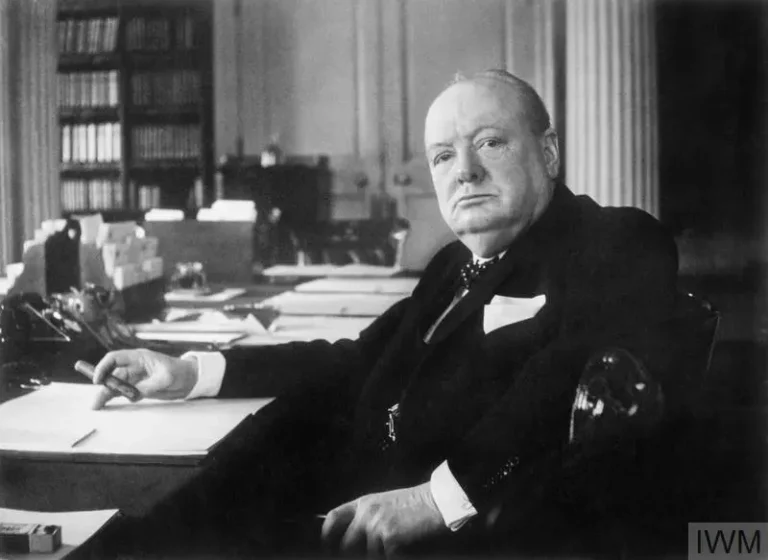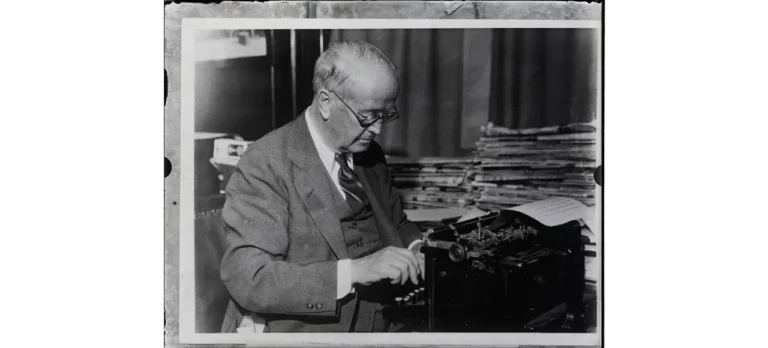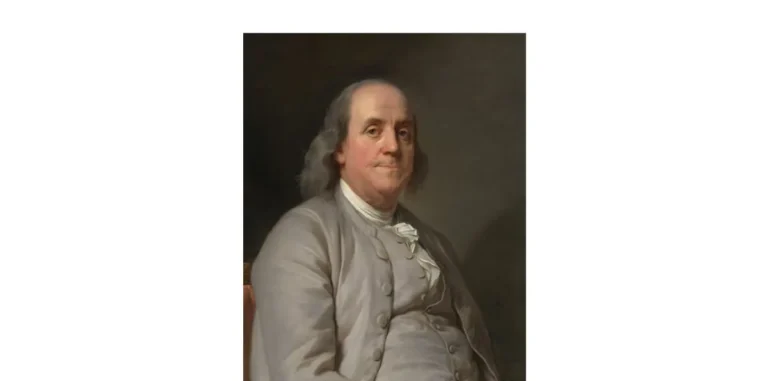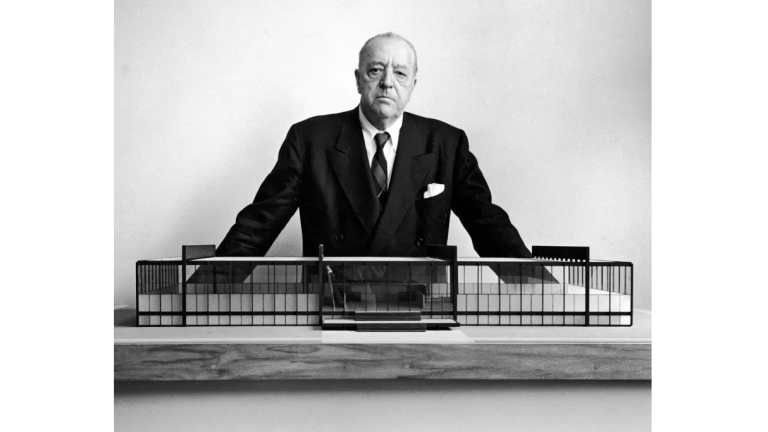5 Barriers to Better Quotes ― and How to Leap Over Them
Use these techniques to get the best quotes from your interviews and make them worthy of the story you’re writing
“You’re gonna need a bigger boat.”
Movie fans will no doubt recognize that pivotal line from my wife’s favorite film, Jaws (1975), in which an island police chief who’s afraid of the water (Roy Scheider) realizes that the boat he’s hired to hunt down a killer shark is frighteningly inadequate for the job.
The remark perfectly captures a dramatic moment in the film, expressing a point of view filled with emotion. (Even better, the line wasn’t in the script and was ad-libbed by Scheider.)
The corporate version of such a memorable quote might go something like this, courtesy of various offerings from the Gobbledy Gook generator.
“It’s time to revamp and reboot our synchronized monitored capability. By fostering a culture of continuous improvement and collaboration, we can turn every challenge into an opportunity and every opportunity into a success story.”
Or something equally nauseating like that.
Communicators who have worked with me as their editor know that I am obsessed with quotes, especially the truly awful ones that could, with a little effort, be so much better.
I’m happy to report there’s ample evidence that better storytelling is finally coming into its own in many organizations. Communicators are adding anecdotes, color and emotion to their stories, and their audiences, whether employees, customers or news media, are paying attention.
Which makes those crappy quotes stand out even more. They become the worst parts of a story when they should be the best. A bad quote can bring a story or press release to its knees while a good quote will propell the reader forward.
Here are five reasons your quotes go bad and what you should do to fix them:
1. The quotes don’t come from actual interviews.
It’s not always easy to land an interview with a CEO, a senior leader or even a subject matter expert. People are busy and can’t be bothered, at least that’s what the people who stand between you and them will tell you. We’ll supply a quote, they say.
No thanks. The No. 1 reason quotes fail is because no one ever said them. Whenever possible, you need to speak to a human and ask questions.
What to do about it
- Push for an in-person interview whenever possible. Go into the office, make an appointment, provide options and ask for just 15 minutes. (Trust me, you’ll get 30.)
- If the person isn’t local, ask for a virtual interview, on camera.
- If all else fails, arrange to do the interview over the phone. It’s still a conversation.
The important thing is to actually speak to people. You can hear the inflection in their voice; in person or on a virtual platform, you can look them in the eye and follow their body language. That helps you figure out what kind of better quote you’re likely to get out of them, and how much to push.
2. People (and sometimes you) write the quotes for your stories.
Too many organizations rely on communicators writing quotes for leaders, especially in news releases, where some quotes are so bad it seems like they were meant to be unprintable. (In some cases, that may be true!)
Written quotes lack the emotion and punch you get in a verbal exchange, and there’s no opportunity for the back-and-forth that produces the best quotes.
What to do about it
- Reserve the right to edit the quotes you get to make them better, just like you would with the rest of the story. Codify that process in your editorial guidelines.
- Leaders can be touchy about their quotes. Tell them what you’re looking for and suggest a way to say it.
- If a quote must be written, do it yourself. Make it short, punchy and pithy. The reviewers may protest, but it’s easier to tone down a quote than to lift it up.
3. In the interview, your subject answers you in cliches and platitudes.
This is why talking directly with your interview subject is so important. Many leaders and experts are conditioned to talk in generalities and the latest corporate jargon. They also want to sound smart and “official.”
The good news is that most are surprisingly open to an interview, despite the gatekeepers trying to “protect” them. The best interviewers give their subjects a little time to warm up and get comfortable with the questions.
What to do about it
- Find the sweet spot. Your interview subjects want to talk about what’s important to them or close to their heart.
- Ask the question again. If the first quote doesn’t cut it, try again. Come at it from a different angle.
- Tell them you don’t understand. Show you care, and your experts will take the time to explain, perhaps with an example.
- Push back, gently. When all else fails, be more direct. Tell them why you want a powerful quote from them.
4. You are forced to quote people who don’t need to be quoted.
This happens far too often and shows up quite often in press releases. Someone in the organization has decided (wrongly) that in addition to the CEO, you need to quote several additional senior leaders saying approximately the same thing, only worse. Or your expert, when pressed for an opinion, begs off and tells you it must come from the C-suite.
What to do about it
There’s only one way to break the tyranny of the quote factory. Don’t do it. The extraneous quotes will only slow the story down.
- In your editorial guidelines, spell out what makes a good quote, from whom and what purpose it will serve in your storytelling.
5. Your interview subject quotes facts and numbers but doesn’t tell you what they mean, or why anyone should care.
This is particularly true with subject matter experts, who know their topic inside-out but don’t want to express how they feel about it. Instead, they wrap themselves in the data and let the numbers do the talking.
What to do about it
- Facts and data can tell a great story. We just don’t need anyone reciting them. As the writer, you can weave the numbers into your story, along with examples, or put them in a graphic that tells a story all its own.
- Good quotes are about feelings, not facts. How does your expert feel about the data? Good, bad, indifferent? Delighted, disappointed? Proud? What does it mean to the organization and its employees?
Jim Ylisela’s favorite movie quote is from Grouch Marx in “Animal Crackers” (1930): “One morning I shot an elephant in my pajamas. How he got in my pajamas, I don’t know.” Learn more about RCG’s Build Better Writers program and ask for a free consultation.
Contact our client team to learn more about how we can help you with your communications. Follow RCG on LinkedIn and subscribe to our weekly newsletter here.







